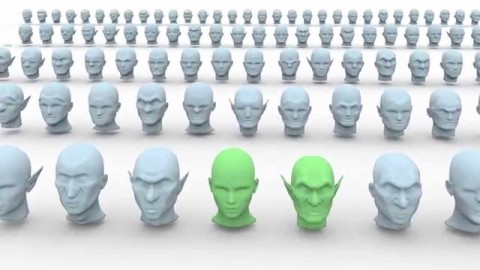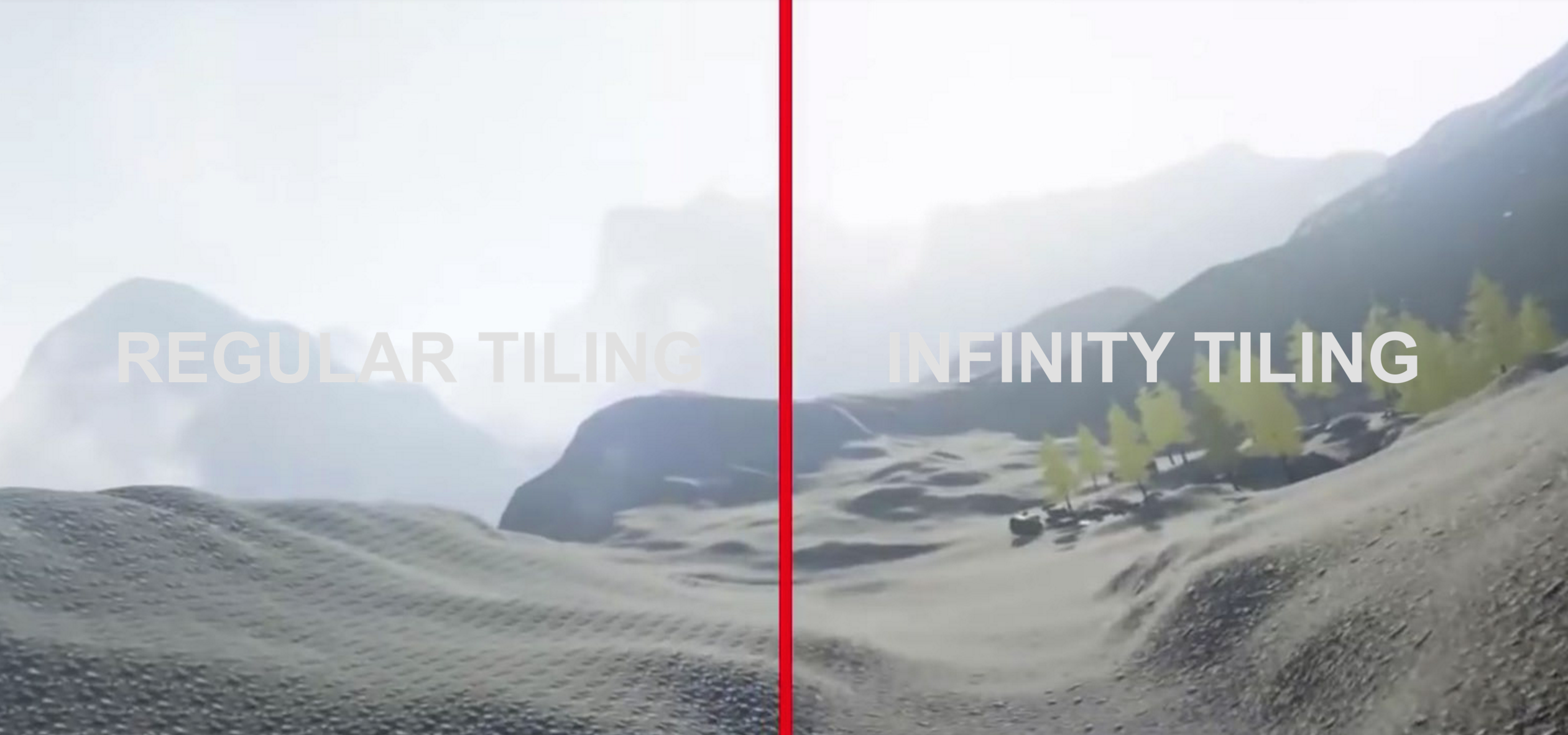One of the most time consuming, expensive and resource intensive aspects of computer game development is artwork generation. In the world of mobile gaming, developers very often are limited by these factors and are unable to create expansive, ambitious game worlds without a huge team of artists behind them. So what would happen if game designers could outsource all that extra work to an intelligent, creative artwork machine?
We were shown a presentation by Artomatix at last week’s Mobile Games Forum in London which promised just that.
Machine learning
Artomatix is “your personal robot texture artist,” a tool built to help with the more tedious elements of world-building and artwork creation. The presentation explained that the technology can take a small series of inputs and visual cues, and spit out an entire range of intelligently generated landscapes, textures or even full 3D characters.
A feature called “texture growth” can learn from a small sample of a texture, like grass or a rocky cliff, and create infinite variations on the theme to avoid the blocky repeating patterns so easily created by textures. Combined with some clever math they call “infinity tiles,” this technique can make a pattern of 16 unique tiles that can tesselate indefinitely without ever noticeably repeating.
Artomatix can also use “machine learning” to analyze the style of a piece of art and replicate it. For example, after being shown an image of some flowers in a field and the NVidia logo, the computer was able to seamlessly rearrange the flowers into the shape of the logo. Likewise, after being shown the work of Van Gogh and a photograph of the Golden Gate Bridge, it was able to “paint” the San Francisco landmark in the style of Starry Night.

Sorry painters of the world – you’ve been rendered obsolete
Mobile gaming benefits
So: all very impressive stuff, but what does it mean for the world of iOS gaming? Simple. It frees up human beings to work on more important things, and allows small studios to create vast game worlds without eating into all of their resources. In their talk, Artomatix said the goal is to “solve the problem of expensive video games artwork,” which would have knock-on benefits for all of us.
The technology could pave the way for more immersive mobile gaming experiences – an artist can provide 3D models of two characters, and from the similarities the artificial intelligence would extrapolate a whole crowd of hundreds of similar-but-unique people. The company says it’s not just a mix-and-match approach like Mr Potato Head – the machine is “actually able to grow new things” completely from scratch.

Only the green heads were designed by humans
Features like texture growth and infinity tiles will be useful for developers, but also when considering detailed 3D gaming on mobile, the algorithms involved also mean much less strain on the processor and less memory requirements. So developers will be able to create games that run smoother and faster, even on older hardware.
Ultimately, if Artomatix is successful and studios start to take advantage of the technology, we could benefit as consumers in two main ways. Hopefully the speed at which the machine can procedurally generate assets will mean we get more great games more often, as development times decrease. Secondly we should start to see more ambitious projects from small creative teams, as it becomes more feasible to create huge game worlds for the small screen. Here’s to a world made by robots.

